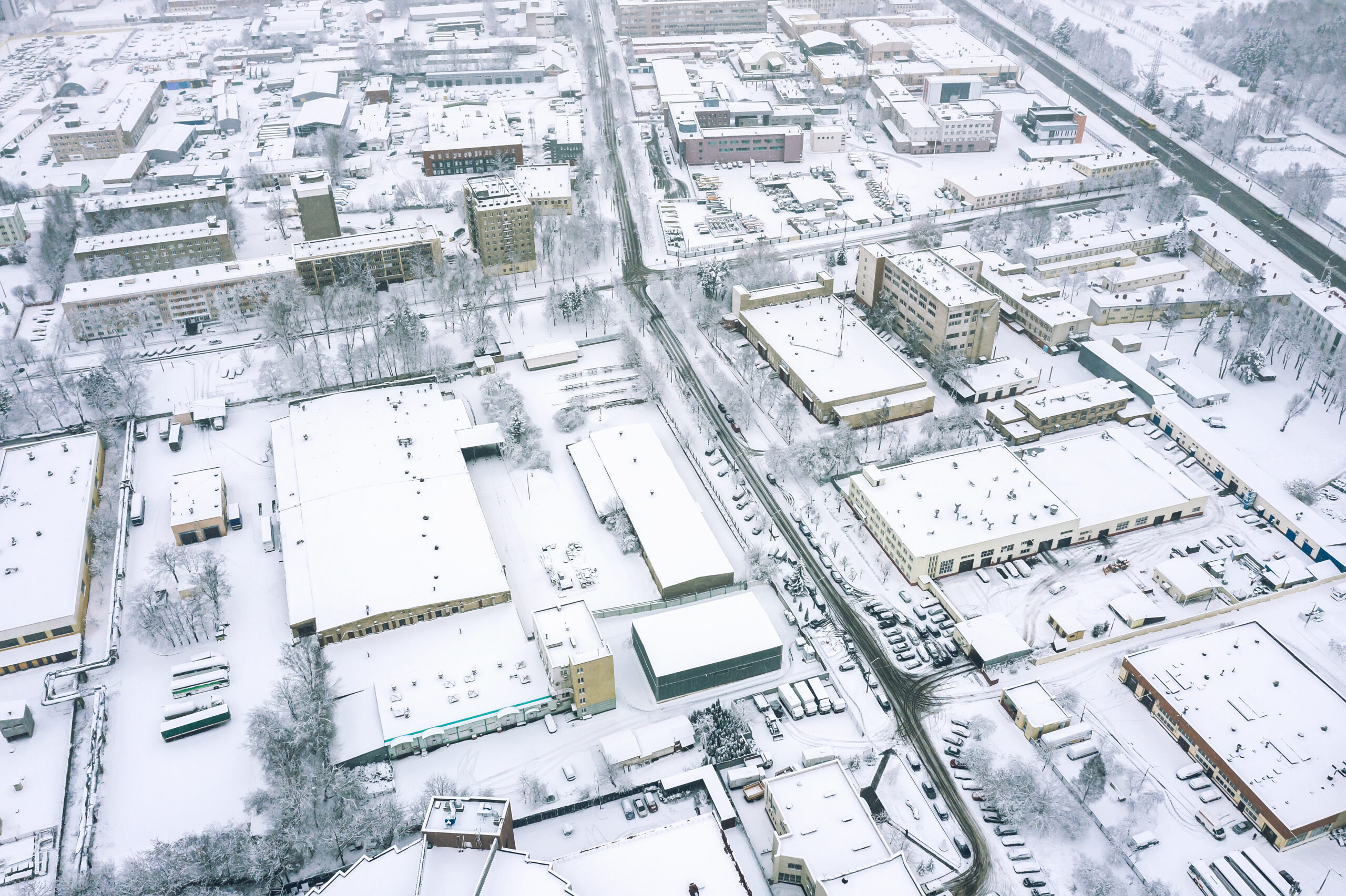With winter comes snow, cold temperatures, and…potential damage to your business. So what’s covered by insurance? Typically, you will have insurance coverage for any damage that is a direct result of winter storms or elements. Every policy is different, however. The amount covered could depend on your deductible and what insurance you have for your business.
Types of damage your roof could suffer in the winter
What constitutes winter damage? Here are a number of cold weather culprits.
Heavy snow. Wet snow and ice can quickly add up in weight. Roof collapses are rare, but they are possible. This happens from ice buildup that accumulates from freezing and thawing. Heavy snow, if not melted or properly removed, could cause your roof to cave. There is also the possibility of snow drifts piling up, causing even more undistributed weight to specific parts of the roof, potentially causing it to cave. The bodily injuries and property damage caused by a collapse are not anything business owners want to deal with.
Ice buildup. Ice dams on sloped roofs are one of the biggest issues Hopkins sees during the winter. Ice dams occur when the middle of your roof is warmer than the eaves where there is no heat. So melting snow in the middle part flows to the eaves and freezes. A ridge can form from the ice repeatedly freezing in that area. As the ice grows, it can form a ridge, holding back water like a dam. This can continue to grow, eventually creeping up under the shingles. If it freezes under the shingles, it can expand and work seams open to cause leaks.
Ice dams are more likely to occur if the roof is not insulated well and/or gutters and downspouts are backed up with ice, snow, or other debris. To help prevent ice dams, clean leaves out of your gutters each fall, so they are prepped for winter.
Thermal shock. In the Midwest, we are all familiar with the days when you are in a winter coat in the morning and shorts by the afternoon. Not only does this cause a wardrobe crisis, but it can cause a crisis for your roof as well. When temperatures change drastically from midday to the middle of the night (e.g., 60 degrees during the day to below freezing at night), your roof expands and contracts. This can cause cracks, shrinking, and tension.
Fallen trees and branches. Heavy snow and strong winds this winter can be the final straw that brings that old tree or branch down. This can damage the roof membrane or block drainage, causing issues.
Melting snow. When snow melts, water can seep into unprotected areas, causing your roof to leak. However, this is usually only an issue if a leak is already present or developing.
Wind damage. High winds could cause the roof membrane to come loose. In addition, loose flashings—the material applied to seal areas where your roof meets side walls and pipes—could lose their seal.
Damage typically covered by insurance
- Damage that is a direct result of a winter storm or event (amount covered may differ, however, based on your insurance and deductible amount)
- Roof collapses
Damage NOT typically covered by insurance
- Normal wear and tear
- Leaks and water damage (this is only covered if it is caused by an event, like a hailstorm puncturing the roof)
- Loosened flashing or damage to drains from freezing and thawing
- Damage on a roof that is 20+ years old (oftentimes older roofs will not be covered since they are more susceptible to damage)
- Damage caused by the property owner (often the result of attempting to self-repair, and then damaging the roof further)
You don’t have to figure it out alone
When it comes to insurance cost and general liability coverage, every policy is different. We recommend checking with your insurance agent to find out what your insurance company covers and what type of insurance is best for you and your business.
You can file a claim by calling your insurance adjustor. After you call your insurance and have an appointment set up, let your roofing contractor know when the appointment is, and they can meet onsite with the adjustor.
At Hopkins, our goal is to bridge the gap of understanding between the property owner and insurance. Sometimes, there can be miscommunication or lingo used by insurance or the roofing company that leaves you scratching your head. Where do you even start? We want to clear up any confusion and make sure you know what you will be getting covered.
Our 4 steps when helping business owners:
- Assess: Hopkins will assess the roof for damage.
- Evaluate: Hopkins will evaluate the damage and what caused it.
- Explain: Hopkins will explain the findings to your insurance.
- Advocate: Hopkins will advocate on your behalf with insurance.
Take the first step in protecting your business
If you have damage to your roof, call a trusted roofing contractor like Hopkins Roofing for an inspection. We are trained to recognize damage from the winter elements and can tell you whether most insurance companies will cover the damage.



